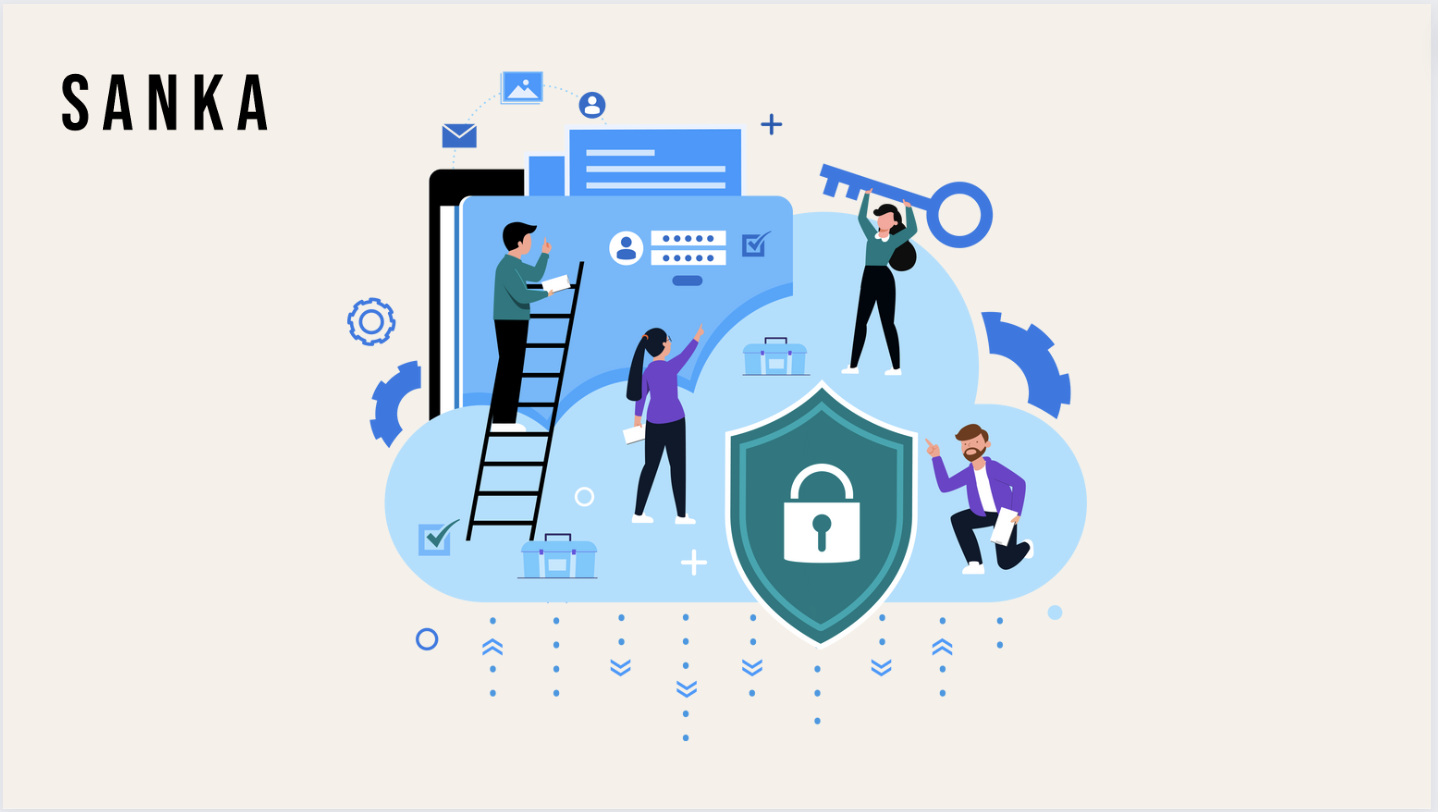Introduction
Even as companies transition to the cloud, cost management remains a tricky issue — enter Financial Operations, or FinOps.
This cost management framework helps companies navigate the complexities of operating in the cloud. However, to truly thrive in the cloud environment, businesses need strategic FinOps implementation.
Navigating the cloud cost maze? It's time to level up with FinOps—your secret weapon for financial success.
In this article, we will unpack 10 game-changing FinOps techniques that will elevate your business, all while tying in the magic of Sanka to add an extra punch of efficiency through automation.
Understanding FinOps
First, what exactly is FinOps? FinOps is a cross-functional model that makes cloud costs transparent and manageable for businesses, ensuring that each dollar spent in the cloud is effectively used towards facilitating company growth.
FinOps aims to nurture a culture of financial accountability across teams, so businesses can maximize their return on investment (ROI) from the cloud.
Read this blog for deeper understanding of FinOps!
To successfully implement FinOps, here are some of the best strategies:
1. Smart Budgeting with Cloud Cost Forecasting
Predicting your cloud expenses is like having a crystal ball for your budget.
By incorporating cloud cost forecasting, businesses can become financial wizards, reducing overspending by up to 35%, as highlighted by a study from Gartner.
Forecasting involves analyzing your organization’s historical cloud usage data to predict future spending.
This means you're not just budgeting blindly; you're strategically planning and allocating resources with pinpoint accuracy.
Imagine having the power to stay on budget, making your financial forecasts as reliable as a seasoned weather forecast.
2. Real-time Monitoring for Cost Control
Keeping your expenses in check in real time is like having a personal finance manager for your cloud spending.
According to the FinOps Foundation, businesses embracing real-time monitoring witness a staggering 30% reduction in cloud-related costs.
Real-time monitoring tools provide alerts for overages or unusual spending patterns, allowing you to make quick adjustments.
It's akin to having a financial radar that constantly scans your cloud environment, allowing you to make immediate adjustments and ensuring that you're always on top of your spending game.
For instance, a SaaS company might use monitoring to immediately catch a memory leak in one of their services, potentially saving thousands in unnecessary compute charges that would accumulate over the month.
3. Resource Tagging for Clarity and Control
Tagging cloud resources is a powerful way to gain visible control over your cloud environment.
Tagging your cloud resources is not just organization; it's like having a GPS for your expenses.
With proper tagging, you can associate costs with specific projects, teams, or environments.
According to a survey by Flexera, it improves cost tracking by 25%.
Now, your expenses aren't just organized; they're as clear as day.
Think of it as having a super-organized filing cabinet where you can instantly locate and understand where your money is going, providing better control and understanding of your spending landscape.
4. Automated Scaling for Optimal Performance
Automated scaling is your dynamic assistant ensuring your cloud resources are always in top-notch shape.
As reported by TechRepublic, it optimizes performance and can potentially result in a 40% savings.
Picture your cloud infrastructure adapting seamlessly to your business needs, like a superhero adjusting to different situations.
It's not just about performance; it's about optimizing costs without sacrificing efficiency.
5. Spot Instances of Utilization for Significant Savings
Leveraging spot instances is like being a savvy shopper in the cloud marketplace.
According to Amazon Web Services (AWS), it cuts compute costs by half.
It's like finding hidden treasures – powerful computing resources available at a fraction of the regular price.
Spot instances are your secret weapon for substantial savings, allowing you to capitalize on discounted computing power and maximize your budget.
6. Data Transfer Optimization to Cut Inter-Cloud Costs
Data transfer costs can be a hidden expense in cloud environments.
Efficient data transfer optimization is your strategy for navigating the cloud landscape wisely.
According to a study by Forrester, it can lead to a remarkable 45% reduction in inter-cloud communication costs.
Manage your data transfer like a seasoned traveler avoiding hidden expenses.
It's not just about moving data; it's about doing it smartly to cut costs significantly, making your cloud journey more cost-effective.
7. Instance Right Sizing for Efficiency
Evaluating and adjusting instance sizes is like tailoring your cloud resources for a perfect fit.
This involves downscaling or upgrading instances to ensure they are not under-utilized or overtaxed.
As per the State of FinOps 2022 report, it can result in substantial savings, often around 30% or more.
It's like custom-fitting your cloud resources to maximize efficiency.
Instead of one-size-fits-all, it's about finding the right size that not only meets your needs but does so cost-effectively, ensuring you get the most out of your cloud investment.
8. Implementing Reserved Instances for Stability
Reserved instances are your VIP pass to cloud stability and consistent savings.
Highlighted by the AWS Cost Explorer, they bring about a steady 25% reduction in costs.
It's not just about stability; it's about stability with savings—a win-win scenario.
With reserved instances, you're securing a long-term commitment with the cloud provider, ensuring predictability in costs and stability in your budget.
9. Continuous Training for FinOps Teams
As the cloud landscape evolves, so should your FinOps team's expertise. Investing in continuous training for your team ensures they remain proficient in the latest cloud management practices.
Teams well-versed in FinOps practices are not just knowledgeable; they're decision-making speedsters.
According to the FinOps for Dummies guide, they make decisions 20% faster.
Knowledge is indeed power, and in the world of FinOps, faster decision-making becomes your competitive edge.
It's not just about knowing the rules; it's about implementing them swiftly, ensuring that your team is always a step ahead in managing resources and costs.
10. Utilizing FinOps Tools like Sanka for Streamlined Operations
Now, enter the efficiency era with FinOps tools like Sanka!
With a suite of tools and automated solutions, Sanka becomes your ally in simplifying FinOps strategies.
It's not just about having tools; it's about promoting business efficiency and productivity.
Automation with Sanka streamlines the entire process, ensuring you focus on growth rather than getting caught up in micromanagement.
It's like having a trusted sidekick that handles the nitty-gritty, allowing you to steer your business toward success.

Conclusion
Implementing a sound FinOps strategy is no longer a luxury, but a necessity in today's cloud-reliant business sphere.
By employing a mix of smart budgeting, real-time monitoring, and cost-optimization practices, businesses can not only prevent budget overruns but also unlock value, fostering innovation and fueling growth.
In addition, these FinOps techniques, coupled with the magic of Sanka, form the backbone of cost-effective cloud management.
Embrace them, implement them, and watch your business thrive in the digital realm.
Ready to become a FinOps virtuoso? Join Sanka now!








